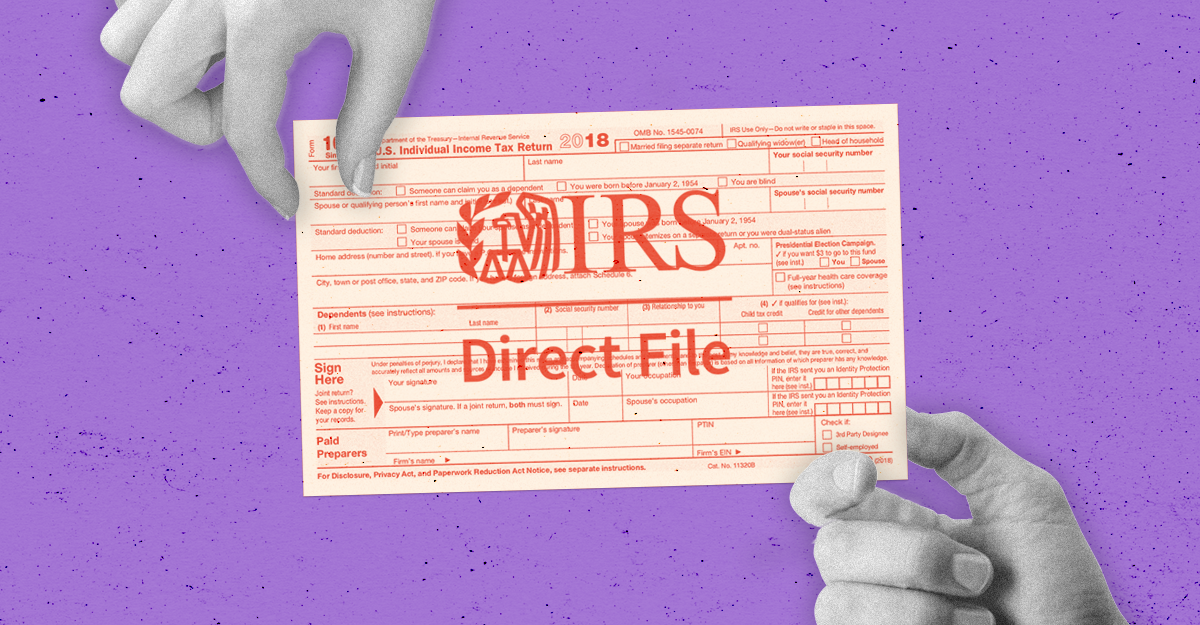
On May 28, we hosted 40 leaders from across government, civic tech, and advocacy at the Federation of American Scientists’ office in D.C. to reflect and chart the future of public interest tax filing. The backdrop was a wildly successful product beloved by users, which the AP reported DOGE and the Trump administration intend on sunsetting, while the public is calling for easy, free tax filing. This meeting was a coalition of experts unwilling to let this momentum go to waste.
Participants, ranging from former IRS staff and state tax teams to advocates, engineers, and policy veterans, brainstormed how to carry forward the most valuable parts of Direct File. What surfaced was clear: the tool was just the start. The ideas, tech, and values behind it can, and should, be applied far beyond a single product.
The good news: since this convening the IRS released Direct File software and made it open source.
Key findings
- Build the playbook. Show others, especially states, how Direct File was built, shipped, and maintained at high quality. Own the story, share the code, and make it replicable.
- Scale smart customer support. Direct File redefined what IRS service could look like, with real-time help and data-driven improvements. Let’s apply that bar elsewhere.
- Modernize the bureaucracy. From reforming the Paper Work Reduction Act to common-sense data sharing, participants named concrete ways to untangle red tape and better serve people.
- Unlock better benefits access. Direct File proved tax filing can be an on-ramp to other public benefits. Now let’s make that vision real—with smarter data use and simplified experiences.
- Support the states. Multiple attendees are already collaborating to help states stand up free filing tools or expand access to benefits using the Direct File codebase.
The outcome was shared clarity that the work continues. Direct File wasn’t just a product. It was a proof point that the government can deliver simple, elegant services that work. And the people who made that possible are already thinking about what comes next. The following outlines some of the key ideas, opportunities, and takeaways from the day – note, these are not comprehensive, nor are they commitments set in stone.
Key Resources
IRS Direct File Filing Season 2025 Report
Obtained by Center for Taxpayer Rights through a FOIA request, this report highlights the incredible results of Direct File in the 2025 filing season.
Direct File Source Code on GitHub: The source code for Direct File, currently being actively maintained by the IRS. As a work of the United States Government, this project is in the public domain within the United States of America.
Thank you
I want to thank all the participants who contributed to this important conversation. The event followed the Chatham House framework to create a free and open dialogue; the following organizations agreed to be named:
- American Economic Liberties Project
- Economic Security Project
- Groundwork Collaborative
- New Practice Lab
- Vanderbilt Policy Accelerator
Thank you to our incredible facilitators, former Direct File teammates Allison Abbott, Sam Powers, and Andrea Schneider; and civic tech leader and friend of Direct File, Erie Meyer.
And thank you to the Federation of American Scientists for hosting.
In a year when management issues like human capital, IT modernization, and improper payments have received greater attention from the public, examining this PMA tells us a lot about where the Administration’s policy is going to be focused through its last three years.
Congress must enact a Digital Public Infrastructure Act, a recognition that the government’s most fundamental responsibility in the digital era is to provide a solid, trustworthy foundation upon which people, businesses, and communities can build.
To increase the real and perceived benefit of research funding, funding agencies should develop challenge goals for their extramural research programs focused on the impact portion of their mission.
Americans trade stocks instantly, but spend 13 hours on tax forms. They send cash by text, but wait weeks for IRS responses. The nation’s revenue collector ranks dead last in citizen satisfaction. The problem isn’t just paperwork — it’s how the government builds.